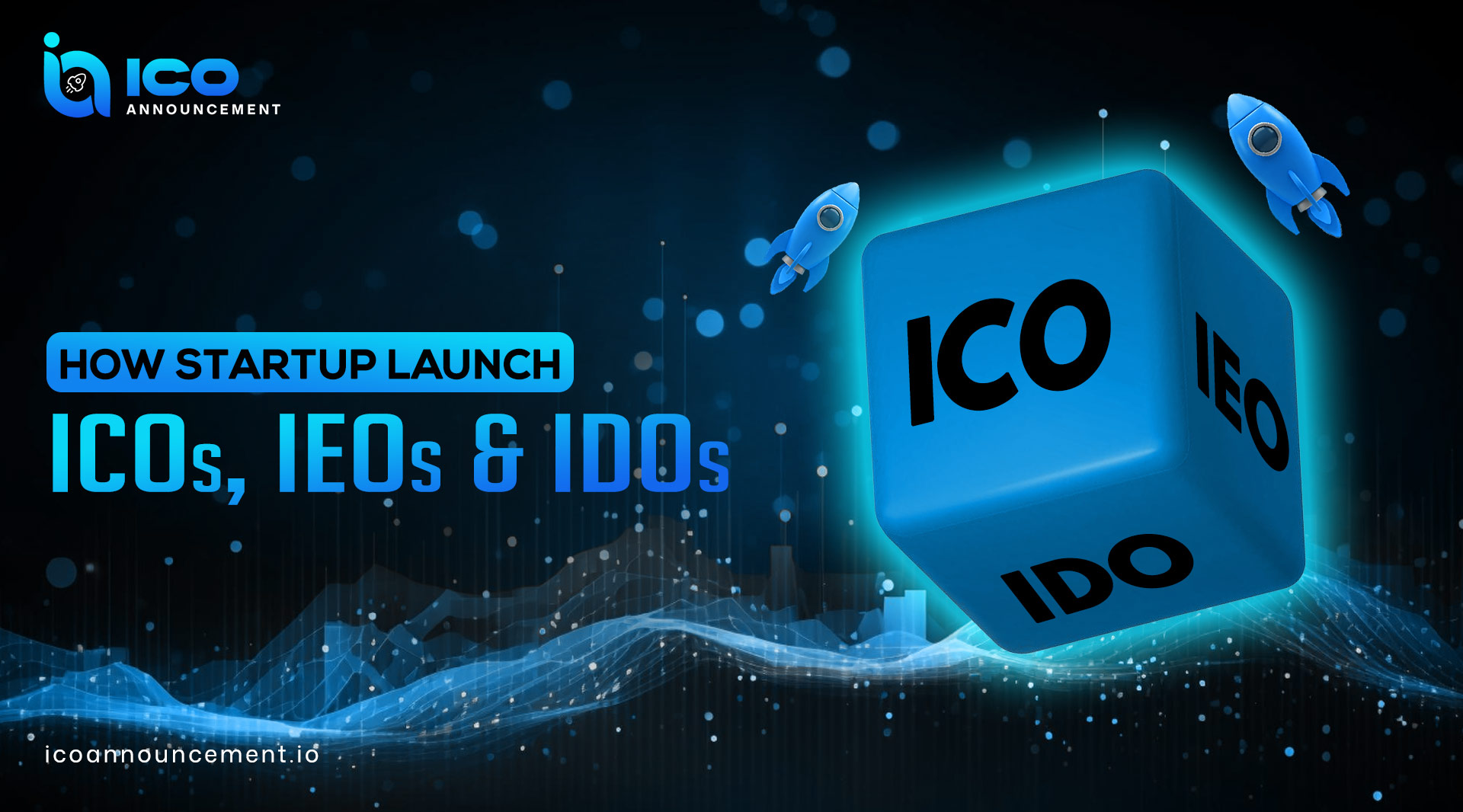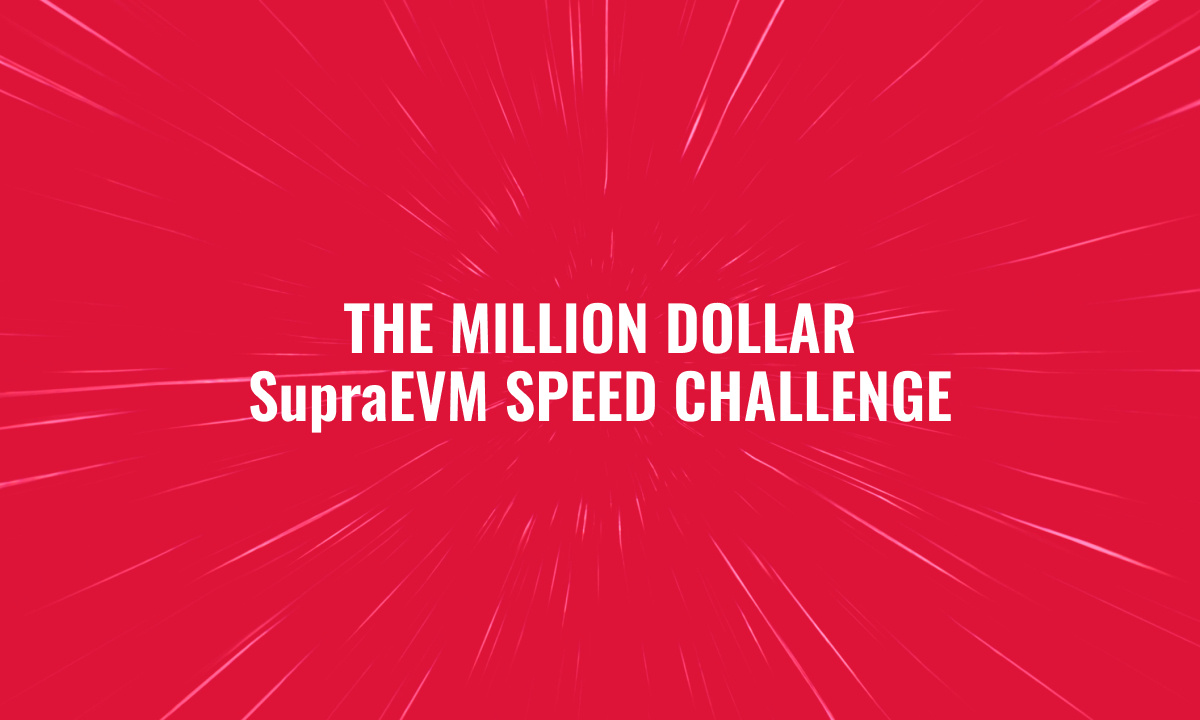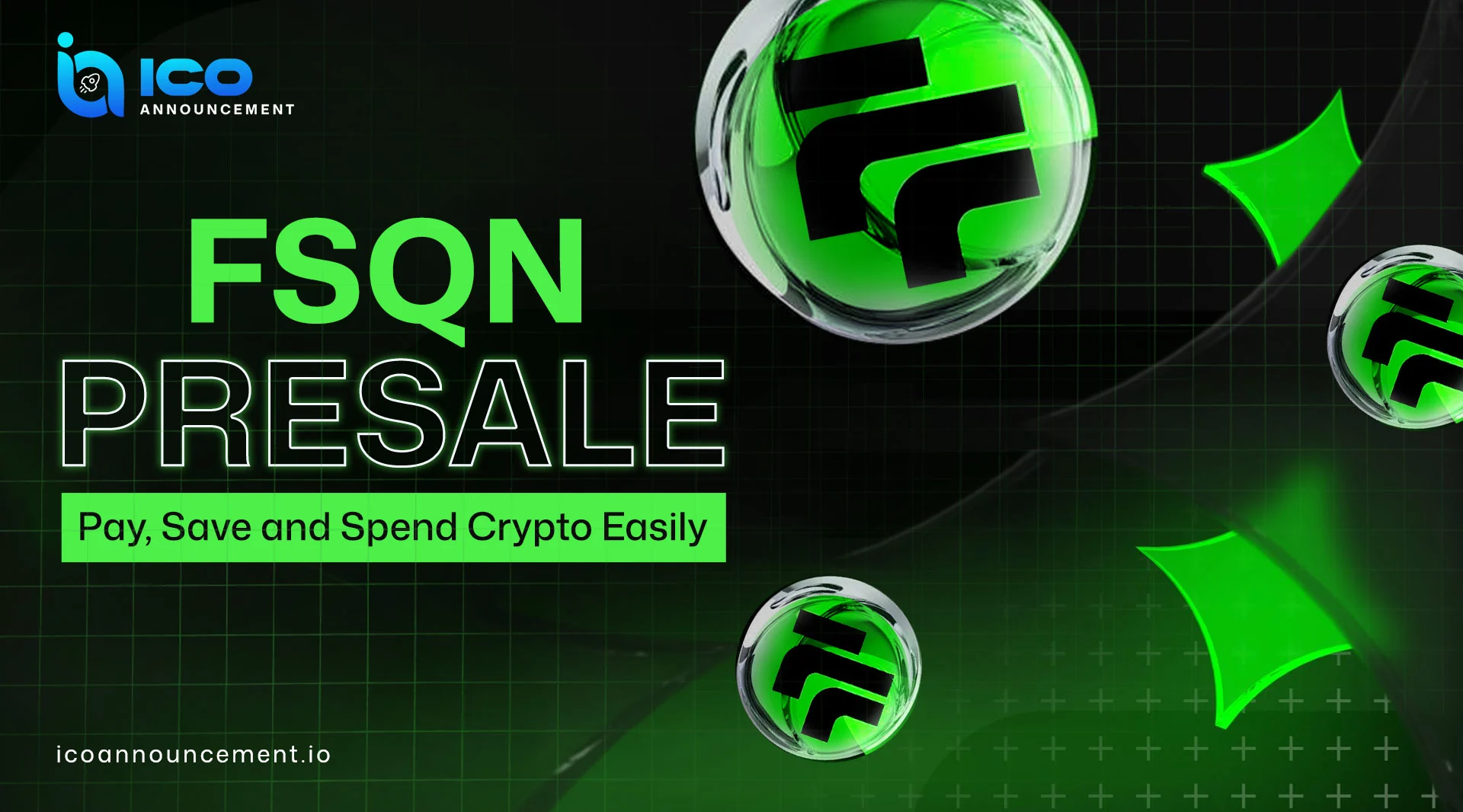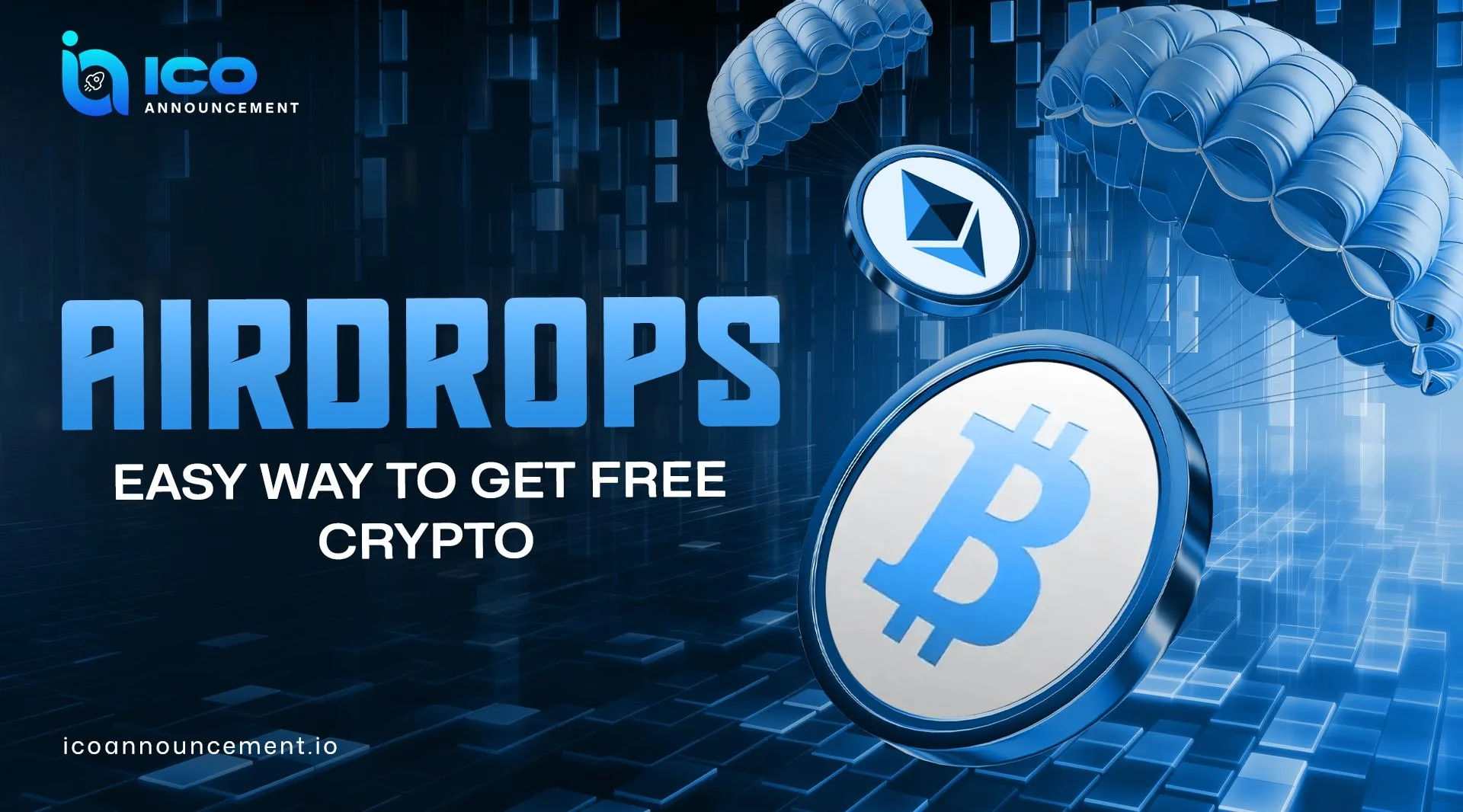How Startups Successfully Launch ICO IDO & IEO

The way startups raise money has changed more in the last five years than in the last fifty. In 2026, young companies no longer rely only on banks, venture capital firms, or angel investors. Instead, they are turning to blockchain-based fundraising models like ICO IDO & IEO to bring their ideas to life. These models make it possible for founders to collect funds from people around the world, build communities early, and start their journey with greater independence.
What makes 2026 different is how mature the crypto fundraising environment has become. Regulations are clearer, tools are safer, and investors are better educated. As a result, more startups are choosing to launch their token sales and get support from global communities long before their product is fully built.
This guide walks you through the journey – from the moment a startup forms an idea to the final ICO IDO IEO launch. It explains each step in simple language so any reader can follow it.
STEP 1: Building the Idea and Validating the Vision
The first stage of any startup journey is understanding the problem they want to solve. In 2026, successful blockchain startups focus on solutions that are simple, practical, and easy for users to understand. A strong idea usually answers:
What problem exists today?
This explains the real issue the project wants to solve and why it matters. It shows what people struggle with and why current solutions are not enough.
Why does blockchain make the solution better?
This describes how blockchain adds value through transparency, security, speed, decentralization, or lower costs. It shows why the solution works better on-chain than with traditional systems.
Who will benefit from it?
This defines the target audience – users, businesses, creators, gamers, or investors – and what advantages they gain.
A good startup idea does not need to be very technical. The best projects can explain their concept in one or two simple sentences.
Validation means checking if the idea makes sense in the real world. Startups talk to potential users, study online communities, and look at market trends. They might share a short demo, run a small survey, or ask for feedback in crypto groups. This helps them avoid building a product nobody wants and prepares the ground for a stronger ICO, IDO, or IEO later.
STEP 2: Building the Foundation of the Project
Creating a Clear and Easy-to-Read Whitepaper
A whitepaper is the heart of every blockchain project. It explains the project’s purpose, technology, token design, and roadmap in simple language, not confusing jargon.
A high-quality whitepaper includes:
- What the project is – A clear description of the main idea, who it helps, and what problem it solves.
- How it works – An easy-to-follow explanation of the technology, user journey, and how the system delivers value.
- What makes it unique – Key features that make it different or better than existing solutions.
- How the token is used – Real utility such as payments, rewards, governance, or access to features, and why it has long-term value.
- How the team will grow the project – The strategy for development, marketing, partnerships, and community building.
- What the future plans look like – A roadmap with milestones, new features, expansion plans, and long-term vision.
Designing Tokenomics That Support Long-Term Growth
Tokenomics is the structure of the token – its supply, distribution, and purpose. In 2026, strong projects design tokenomics for fairness and stability instead of quick profit.
Good tokenomics explain:
- How many tokens exist – Total supply and whether it is fixed or can change.
- How they are distributed – Allocation to team, investors, community, advisors, staking and reserves in a balanced way.
- How users can earn or use them – Staking, payments, access, voting, or rewards that create real utility.
- How the project avoids inflation – Measures like burning, vesting, locked tokens, or limited minting to prevent oversupply.
- How investors get long-term value – How usage, scarcity, and ecosystem growth can support token value over time.
Clear, logical tokenomics make the project more attractive to investors during any ICO IDO IEO launch.
Building Secure Smart Contracts and an MVP
Smart contracts are code on the blockchain that control token creation and transactions. Even a tiny bug can cause big problems, so in 2026, audits are standard. Before launching, startups get their contracts checked by independent security firms to prove the project is safe.
Alongside this, teams build an MVP (Minimum Viable Product) – a simple version of the platform that shows how the idea works. It might be a basic app, dashboard, or website. An MVP shows that the project is real, not just a concept.
STEP 3: Building a Strong and Loyal Community
Blockchain projects grow because of their communities. A strong community spreads awareness, attracts investors, and supports the project for the long term. People don’t just use the product; they feel part of it.
Communities gather on platforms like:
- Telegram – For fast messaging, announcements, and real-time interaction with the team.
- Discord – For organized channels, voice chats, and long-term engagement in a “home base” server.
- Twitter/X – For public updates, news, and reaching a wider crypto audience.
- Reddit – For deeper discussions, feedback, and open Q&A.
- YouTube – For video explainers, AMAs, and visual updates that build trust.
Founders keep these communities active with AMA sessions, educational posts, giveaways, and honest updates. This human side – listening, answering, explaining is what turns casual followers into strong supporters.
STEP 4: Understanding the Differences Between ICO IDO & IEO
Not every fundraising model fits every startup. The right choice depends on budget, timeline, community size, and trust needs.
- ICO (Initial Coin Offering)
The startup sells tokens directly through its own website. It offers full control over pricing and marketing and works well when the team already has a strong community. - IDO (Initial DEX Offering)
The token sale happens on a decentralized exchange. It allows faster launch and instant liquidity once the sale ends, making it a good fit for Web3-native projects. - IEO (Initial Exchange Offering)
The sale is hosted by a centralized exchange. The exchange reviews the project, checks security and compliance, and promotes it to its users. It usually costs more but brings high trust.
Explaining these options clearly helps founders and beginners understand which ICO IDO IEO launch path suits their project best.
STEP 5: Preparing for Regulations and Legal Compliance
The crypto space in 2026 (ICO IDO & IEO) is safer because regulations are clearer. Governments want to protect investors and reduce scams, so startups must follow rules related to identity checks, reporting, and token design.
KYC (Know Your Customer) and AML (Anti-Money Laundering) processes verify who is investing and where funds come from. While some users prefer privacy, compliance helps avoid legal trouble and builds trust with serious investors and exchanges.
Projects that show they understand and follow regulations appear more professional. This makes investors more comfortable joining their ICO IDO & IEO fundraising.
STEP 6: Marketing, Branding, and SEO Strategy
Fundraising is not just about building a good product; it’s about helping people see why the product matters. Marketing shapes how the world sees the project.
A strong digital presence includes a professional website, active social media, and SEO-optimized content so the project appears for searches like best ICO 2026 or new IDO projects.
Examples of marketing activities include:
- Video explainers – Short, clear videos showing what the project does and why it exists.
- Blog articles – Educational and project-related posts that build authority and improve search ranking.
- Influencer partnerships – Collaborations with trusted voices in the crypto space to reach new audiences.
- Press releases – Announcements on crypto news sites about launches and partnerships.
- AMAs and community events – Live Q&A sessions, quizzes, and workshops to keep the community involved.
This mix of marketing helps a project stand out in a crowded market.
STEP 7: Getting Accepted by Launchpads or Exchanges
Before hosting an ICO, IDO, or IEO launch, many startups apply to launchpads or exchanges. These platforms review the whitepaper, tokenomics, team, security audits, and community strength.
If approved, launchpads and exchanges promote the project to their own user base, instantly boosting visibility and trust. Because they do their own checks, investors often see launchpad- or exchange-backed projects as safer.
STEP 8: Conducting the Token Sale
Token sales usually happen in three levels:
- Private Sale: Early supporters and partners
Offered to early backers and strategic partners at the lowest price. Funds often support development, audits, and early marketing. - Pre-Sale: Community members
Offered to loyal followers at a discount before the main sale. It rewards early supporters and builds momentum. - Public Sale: Everyone can participate
Open to all investors during the main ICO, IDO, or IEO event. This stage marks the project’s official market entry and is often followed by token listing and trading.
Clear instructions, simple interfaces, and strong support help make the sale smooth and successful.
STEP 9: Post-Launch Development and Long-Term Growth
The journey does not end after the token sale. In many ways, it truly begins there. After launch, startups focus on building the full product, adding features, and improving the user experience.
Regular updates, progress reports, and open discussions keep the community informed and engaged. Transparency builds long-term loyalty and helps reduce fear during market ups and downs.
Conclusion
The road from idea to launch in 2026 is exciting but requires planning, clarity, and commitment. Startups must validate their idea, build strong foundations, grow real communities, and choose the right ICO IDO IEO launch model. With secure technology, honest communication, and smart marketing, founders can turn a simple idea into a successful blockchain project – supported by a global audience.







